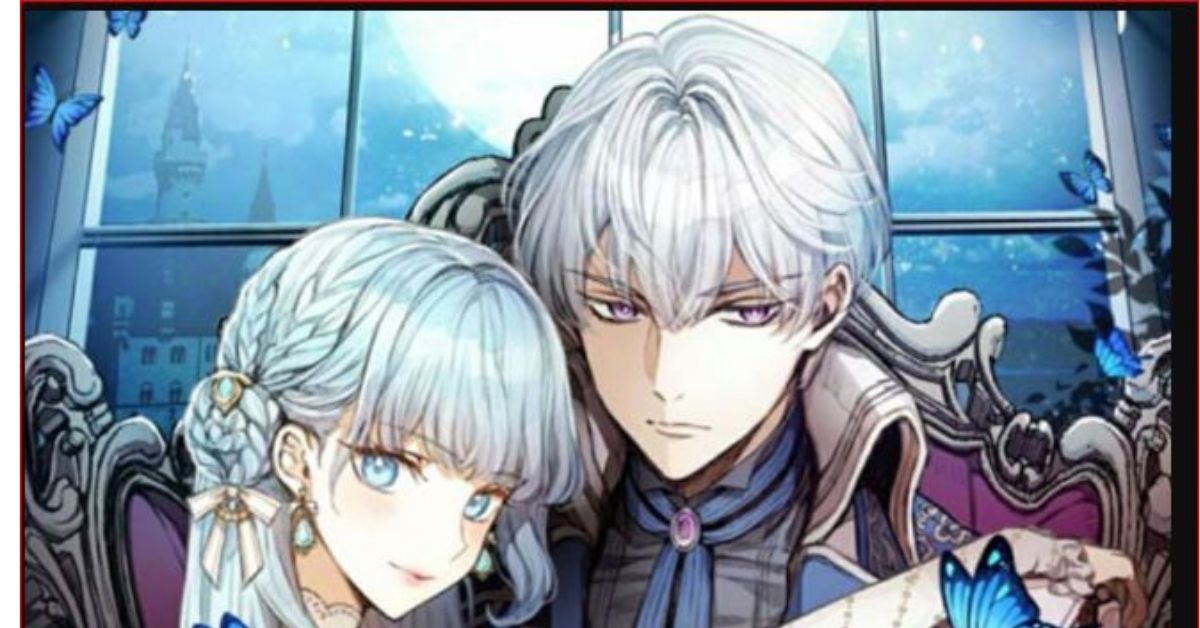Table of Contents
Introduction to the concept of mad villains in literature and media
Mad villains have long held a twisted allure in literature and media, captivating audiences with their darkness and complexity.
From the Joker’s maniacal laughter to Hannibal Lecter’s chilling schemes, these characters draw us into their web of chaos, leaving us both terrified and strangely fascinated.
Join me as we delve into the world of mad villains, exploring their impact on storytelling and our enduring fascination with those who dwell on the dark side.
Analysis of popular mad villain characters and their impact on audiences
Mad villains have long been a staple in literature and media, captivating audiences with their unpredictable nature and twisted motivations. Characters like the Joker from Batman or Hannibal Lecter from “The Silence of the Lambs” have left a lasting impact on viewers, showcasing the power of a well-crafted antagonist.
Their complexity and depth draw us in, making us question our morals and beliefs as we navigate their chaotic worlds. The blurred line between hero and villain becomes increasingly apparent as we find ourselves repulsed and fascinated by these characters.
As viewers, we are often torn between rooting for the protagonist to triumph over evil while secretly admiring the brilliance of the mad villain’s schemes. It is this duality that makes these characters so compelling and unforgettable.
In modern storytelling, mad villains are more than just obstacles for the hero to overcome; they challenge societal norms and push boundaries, forcing us to confront uncomfortable truths about human nature. In doing so, they elevate the narrative to new heights of intrigue and suspense.
The intricacies of these mad villains keep us coming back for more – craving resolution and a deeper understanding of what drives them to madness.
The draw towards villains and their complexity
There’s something undeniably captivating about villains in stories. It could be their mysterious allure or how they challenge our moral compass. Villains often possess a complexity that draws us in, making them more than just one-dimensional evildoers. Their motivations and vulnerabilities add layers to their characters, making them intriguing and sometimes relatable.
In a world where everything isn’t always black and white, villains blur the lines between good and evil, forcing us to question our beliefs. The depth of their personalities can make us sympathize with them on some level despite their heinous actions. This duality makes villains so fascinating to explore in literature and media.
Whether it’s the tragic backstory of a misunderstood antagonist or the charismatic charm of a diabolical mastermind, there’s no denying the allure of complex villains in storytelling. They keep us on our toes, challenging our perceptions and adding depth to the narrative.
Spoilers for major plot twists and character developments in popular media featuring mad villains
Imagine the thrill of witnessing a mad villain’s diabolical plan unfold before your eyes, sending shockwaves through the story. From unexpected betrayals to chilling revelations, major plot twists keep audiences on the edge.
In popular media, these twists often center around the mad villain’s true motives or hidden past, leaving viewers in disbelief. Character developments can range from heartbreaking tragedies that humanize the villain to jaw-dropping reveals that redefine everything we thought we knew.
Whether it’s a sudden alliance with an unexpected ally or a shocking backstory that sheds light on their descent into madness, these spoilers add depth and complexity to the narrative. The impact of these revelations can linger long after the screen fades to black, sparking debates and theories among fans worldwide.
So, next time you read a story featuring a mad villain, brace yourself for unexpected twists and character developments that will challenge your perceptions and keep you hooked until the end.
The blurred line between hero and villain in modern storytelling
The line between hero and villain has become increasingly blurred in modern storytelling. Characters are no longer confined to strict archetypes but exist in a morally gray area. This shift challenges audiences to consider the complexities of human nature and motivations.
Gone are the days of clear-cut good versus evil narratives; now, characters often exhibit shades of both light and darkness. Heroes may make questionable choices, while villains may show redeeming qualities. This evolution allows for more nuanced storytelling that reflects the intricate realities of life.
Audiences are drawn to these ambiguous characters because they mirror our conflicting emotions and struggles. We can relate to their internal conflicts and moral dilemmas, making them more compelling and realistic.
As storytellers continue to push boundaries and explore deeper themes, we can expect this trend of complex characters blurring the lines between heroism and villainy to persist in captivating audiences worldwide.
The importance of well-written mad villain characters for a compelling story
In storytelling, mad villain characters are crucial in captivating audiences with their complex and unpredictable nature. A well-written mad villain adds depth to the plot, creating tension and intrigue that keeps viewers or readers on the edge of their seats.
These characters challenge traditional notions of good versus evil, blurring the lines between heroism and villainy. Their motivations are often twisted yet strangely relatable, making them more than just one-dimensional antagonists.
A compelling story thrives on conflict, and what better way to drive conflict than through a captivating mad villain? Their presence injects excitement and uncertainty into the narrative, forcing protagonists to confront their darkest fears and weaknesses.
When crafted thoughtfully, mad villains catalyze character development and moral exploration. They force us to question our beliefs and perceptions while keeping us hooked on their enigmatic personalities.
A well-written mad villain is not just an adversary but a mirror reflecting the complexities of human nature at us.
Conclusion on the enduring appeal of mad villains in popular culture
Mad villains have always had a captivating allure in literature and media, drawing audiences in with their complexity and unpredictable nature. From the chilling antics of The Joker to the manipulative schemes of Cersei Lannister, mad villains add depth and intrigue to stories that keep us on the edge of our seats.
Their blurred line between hero and villain challenges traditional storytelling conventions, forcing audiences to question morality and ethics. Through unexpected plot twists and character developments, these mad villains leave a lasting impact long after the story ends.
Well-written mad villain characters are crucial for creating a compelling narrative that resonates with viewers. Their presence adds tension and conflict that drive the storyline forward, keeping us invested in their journey till the very end.
In popular culture, mad villains reign supreme as some of the most memorable characters in entertainment history. Their enduring appeal lies in their ability to push boundaries, challenge norms, and make us question our perceptions of good and evil.
So next time you find yourself falling into the arms of a mad villain on screen or in a book, remember that their complexity and enigmatic charm make them such irresistible figures in popular culture today.
Latest Post!
- What’s in a Number? Exploring the World of 7089782755

- imagesize:地藏王菩薩 1920×1080: Symbolism, Solace, and Spiritual Insight

- http wizzydigital org blog: Powering Brands with Precision and Innovation

- Exhentaime: The Smart Way to Beat Time Stress and Reclaim Your Day

- www.goodmooddotcom.com cruising category

- Home Heating Mistakes to Avoid



